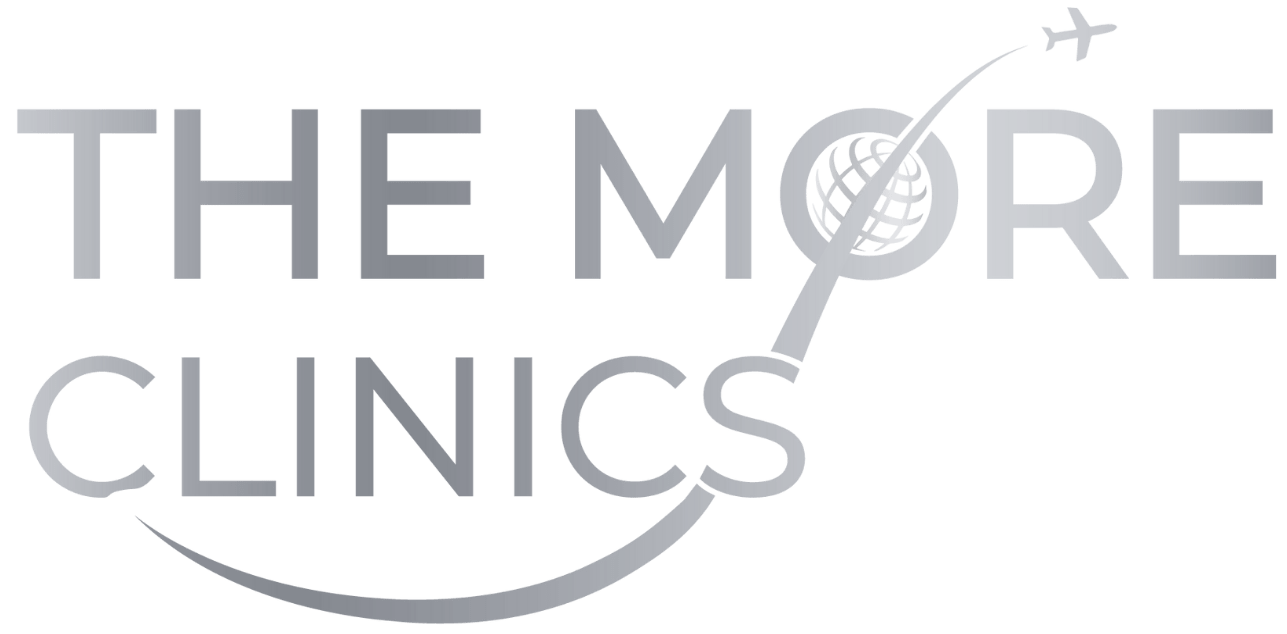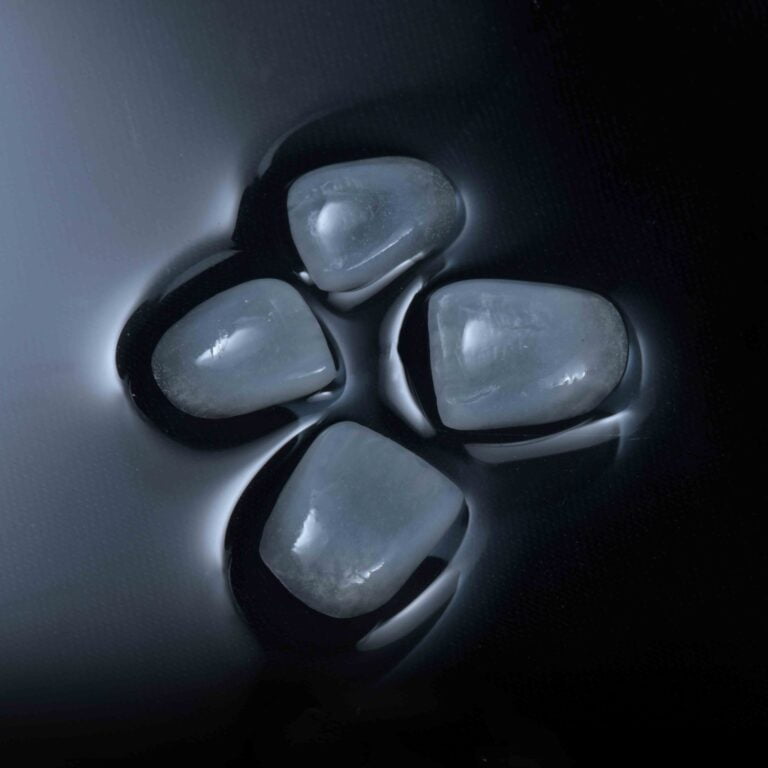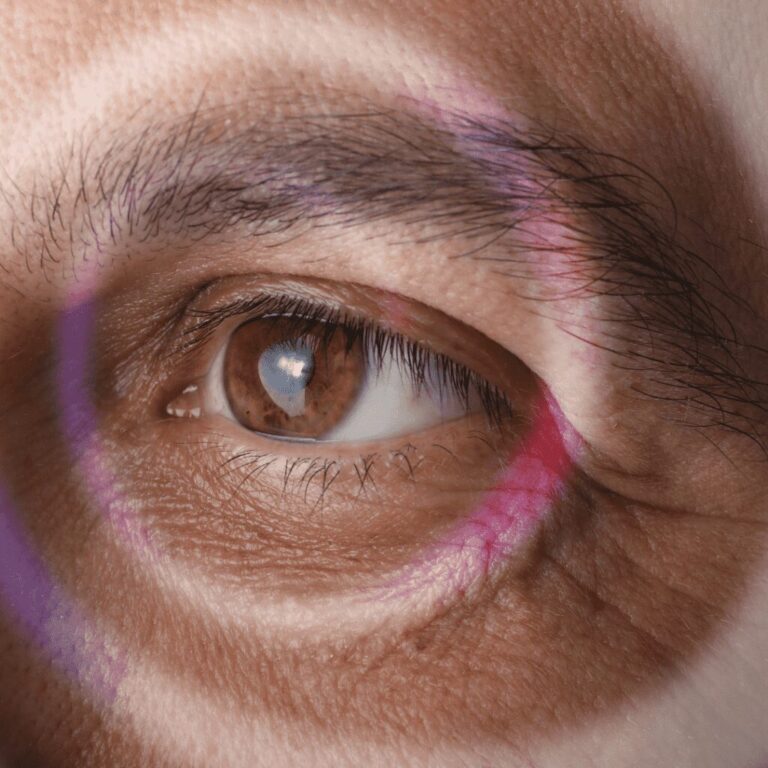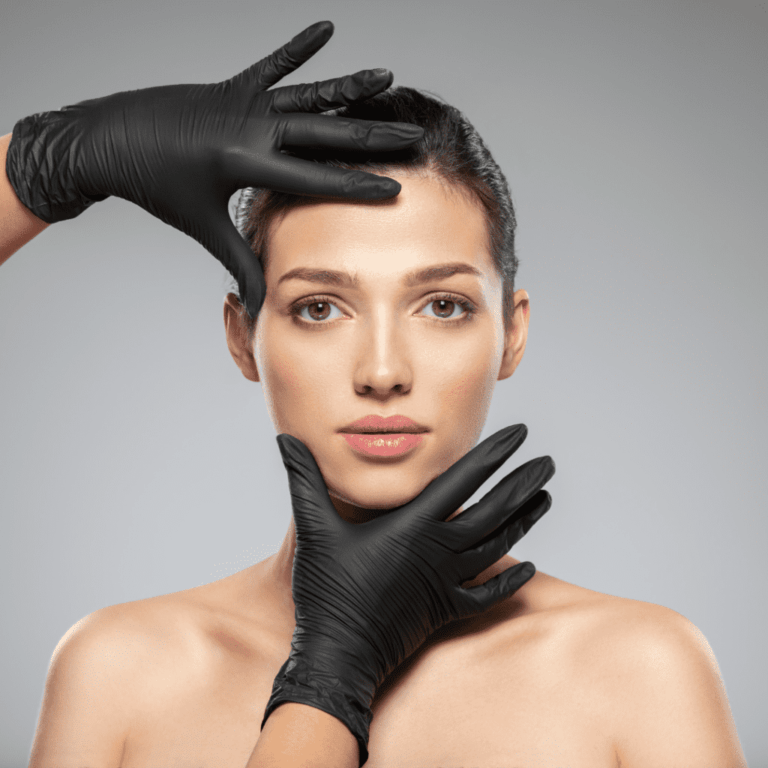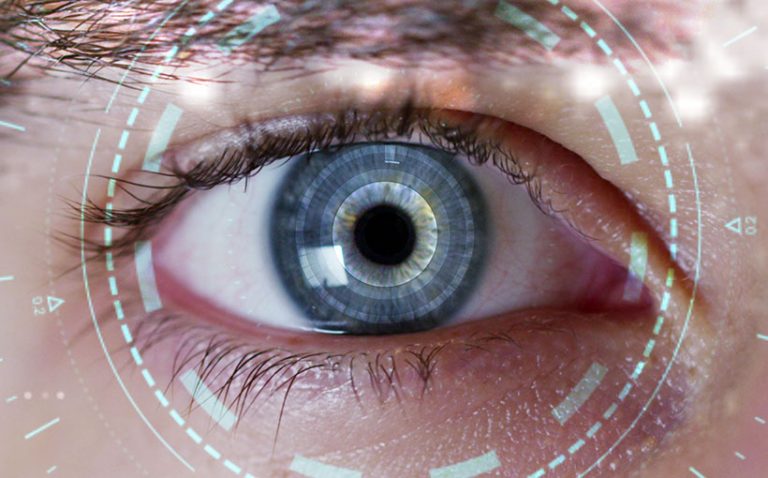Platelet-Rich Plasma (PRP) Injections Guide
Platelet-Rich Plasma (PRP therapy) is a procedure, a medical professional takes a sample of your blood, processes it to increase the concentration of platelets, and then injects it into the injured area, promoting natural tissue healing.
PRP injections are gaining in popularity due to their potential to reduce pain and speed up recovery, and they are widely used in orthopedics, dentistry, cosmetic surgery, and sports medicine.
However, while PRP treatments have been generally accepted as safe, they have not yet received formal approval from the U.S. Food and Drug Administration (FDA).
This guide aims to demystify PRP therapy. You’ll gain insights into the procedure, its potential benefits and risks, the recovery process, and an understanding of the costs involved.
What Is a PRP Injection?
Platelet-Rich Plasma (PRP) injections involve the use of a patient’s own blood to stimulate healing. The blood is processed to isolate platelets rich in growth factors. These growth factors play a vital role in tissue repair and regeneration.
During the procedure, a trained medical professional will draw a small amount of blood from your arm, and then use a centrifuge to separate the platelets from other components of the blood. The resulting PRP therapy is then injected into the injured area.
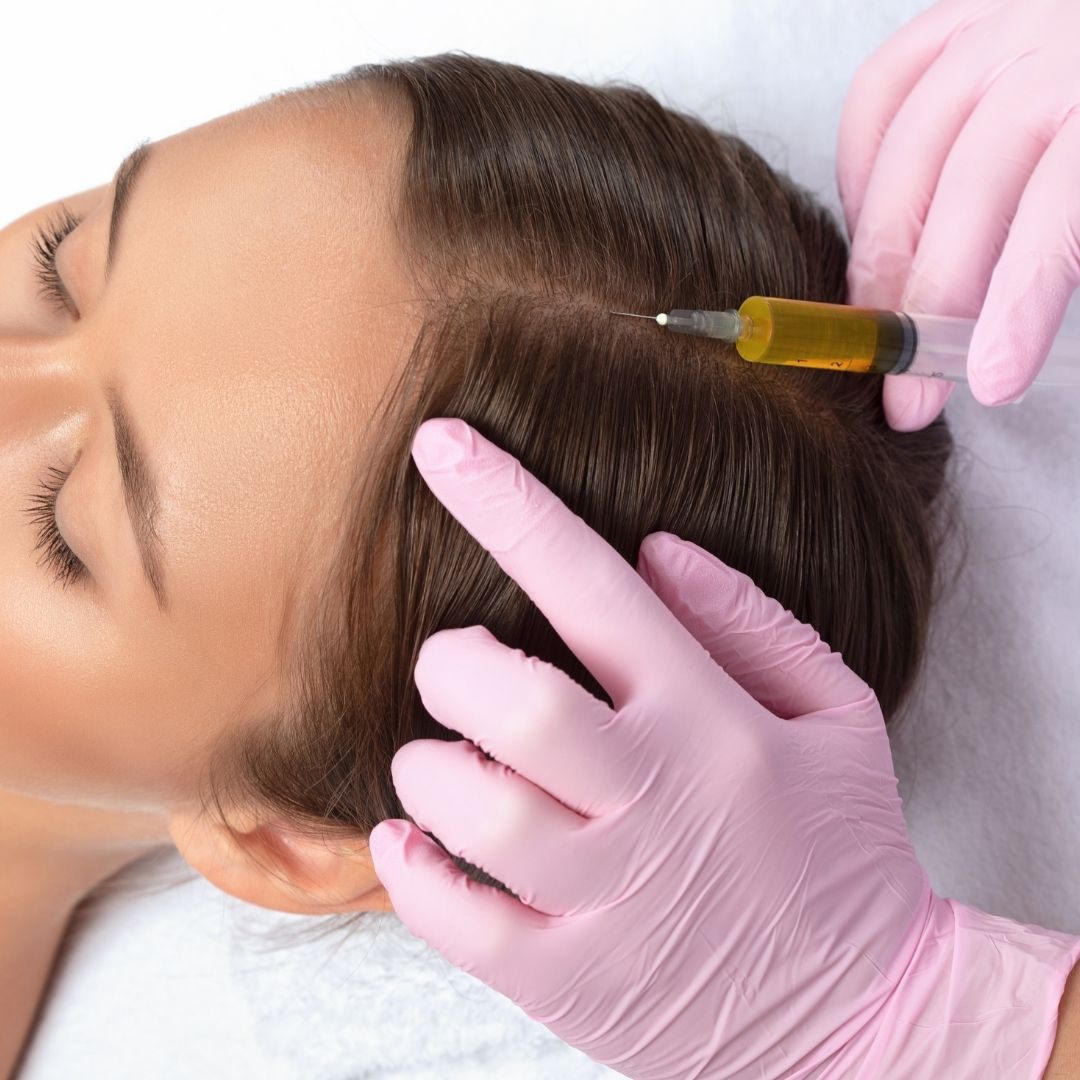
How Do They Work?
Platelets are vital blood cells that play a crucial role in the process of wound healing. They not only aid in the formation of clots to prevent excessive bleeding but also contribute to the promotion of cell growth.
PRP injections work by delivering a concentrated dose of growth factors directly to the targeted area.
This stimulates the body’s natural healing mechanisms, promoting tissue repair and regeneration.
For what purposes PRP injections used?
PRP injections are widely used in various medical fields, including:
- Orthopedics: PRP therapy have been used to treat conditions such as tendinitis, osteoarthritis, and joint injuries like a sprained ankle or torn ligament.
- Cosmetic surgery: PRP is used for facial rejuvenation and scar treatment.
- Hair Regrowth: PRP injections have been used to stimulate hair growth and improve the overall quality of hair.
- Dentistry: PRP can help promote healing after dental surgeries such as tooth extractions and dental implants.
- Sports medicine: PRP is popular among athletes for treating sports-related injuries like muscle sprains and ligament tears.
- Erectile Dysfunction Treatments also known as P-Shot.
Potential Benefits of PRP Injections
PRP injections have gained popularity due to their potential benefits in promoting healing and reducing pain. Some reported benefits include:
- Faster recovery time: PRP therapy can speed up the healing process by delivering concentrated growth factors directly to the injured area.
- Reduced pain: PRP injections have shown promising results in reducing pain and inflammation in the affected area.
- Non-surgical option: Unlike surgery, PRP injections are minimally invasive and do not require a lengthy recovery period.
- Natural healing: PRP uses your body’s own blood components to promote healing, making it a natural and safe option.
The Risks of PRP Injections
While PRP injections are generally considered safe, there are some risks involved that you should be aware of:
- Infection: As with any medical procedure, there is a risk of infection at the injection site.
- Pain or discomfort: Some patients may experience pain or discomfort during and after the procedure.
- Nerve damage: In rare cases, there is a risk of nerve injury from the injection.
- No guaranteed results: While many patients have reported positive results from PRP injections, there is no guarantee that it will work for everyone.
The PRP Injection Procedure
The PRP injection procedure is typically done in a medical office and takes about 30 minutes to an hour. The steps involved are:
- Step 1: Blood sample collection – A small amount of blood is drawn from your arm.
- Step 2: Centrifugation – The blood is placed in a centrifuge to separate the platelets from other components.
- Step 3: Preparation of PRP – The concentrated platelets are then mixed with a small amount of your plasma, creating PRP.
- Step 4: Injection – The PRP is then injected into the targeted area using a thin needle.
- Step 5: Post-injection care – After the procedure, you may need to follow specific instructions for post-injection care, such as avoiding strenuous activity.
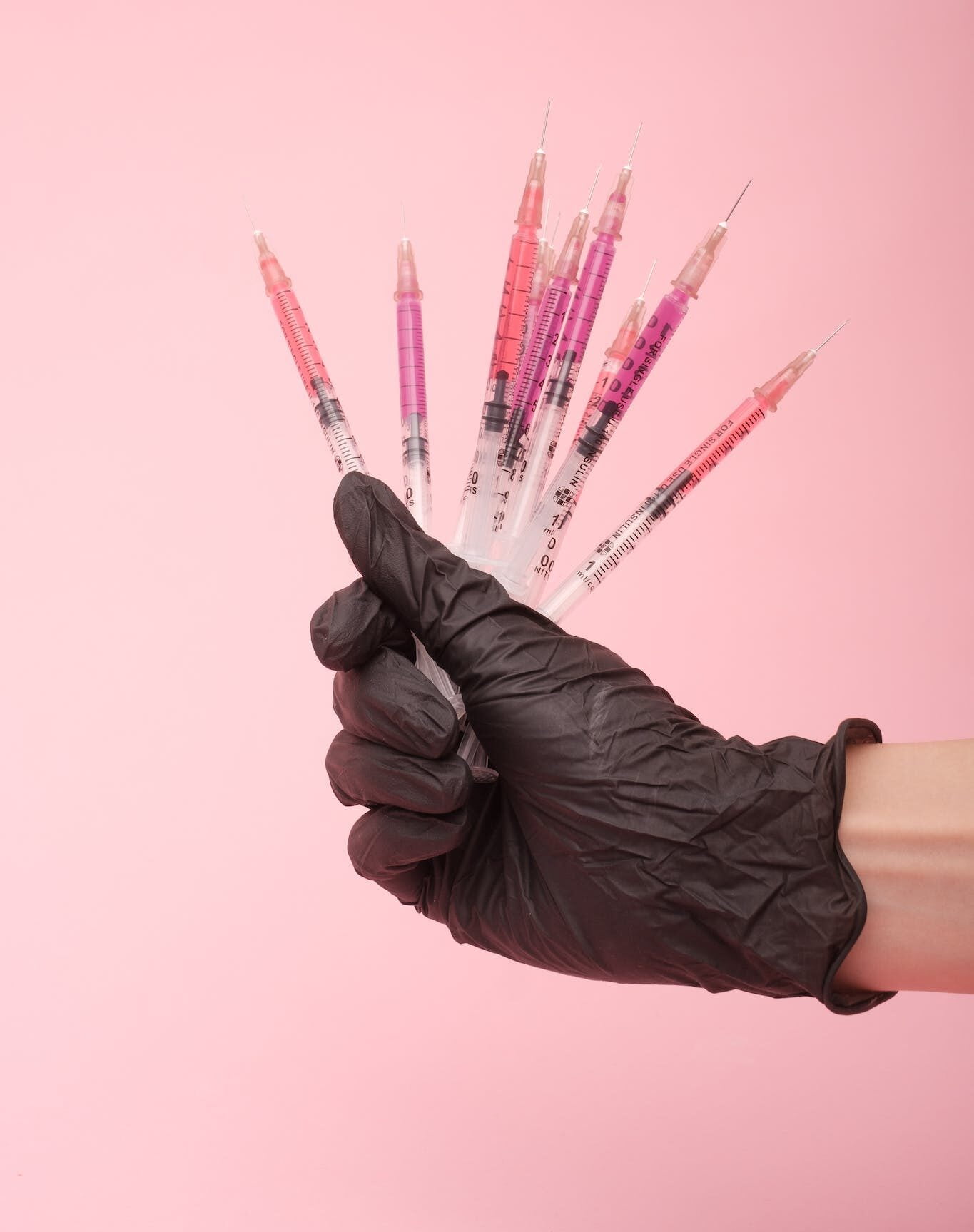
How Is the Recovery
Recovery from PRP injections is typically rapid. While PRP generally does not require extensive recovery, your doctor may provide specific instructions tailored to your injury or treatment plan.
How Much Do PRP Injections Cost?
The cost of PRP injections can vary depending on the treatment area and the number of sessions required. Factors such as location, the expertise of the medical professional, and any additional procedures performed during the same visit may also impact the overall cost.
In the USA, the average cost for a single PRP injection ranges from $500 to $2,000. In the UK, PRP injection costs vary from £600 to £1,500 per session. The PRP costs in Turkey ranges from $200 to $500 per session.
It’s important to note that PRP injections are typically not covered by insurance. Therefore, it is crucial to discuss the costs with your doctor in advance.
Last Words from The More Clinics
PRP therapy have shown promising results in promoting healing and reducing pain for various medical conditions. While they are generally considered safe, it’s essential to consult with a medical professional to determine if PRP is the right treatment option for you. With proper care and follow-up, PRP injections can potentially help you recover faster and get back to your daily activities with less pain. So, it is worth considering as a potential treatment option for your injury or condition.
At The More Clinics, we prioritize your well-being. Our PRP Injections Guide is designed to empower you with knowledge about this innovative treatment. Feel confident in making informed decisions about your health. Contact us today to learn more about our PRP injection services and schedule a consultation with one of our experienced medical professionals.
GET A FREE CONSULTATION!
Let’s Start Planning Your Treatment %100 Guarantee Results.
Frequently Asked Questions (FAQs)
Discomfort during PRP injections is minimal. Most patients tolerate the procedure well.
The PRP procedure typically takes about 30 to 60 minutes, including preparation.
Yes, PRP injections are safe as they use your blood components, minimizing the risk of adverse reactions.
The number of PRP sessions required varies depending on the condition being treated. Studies reports that for optimal results, initial treatment of platelet-rich plasma therapy should include 3 injections spanning over the course of three months.
Yes, PRP injections can complement other treatments, enhancing overall results.
There’s minimal downtime after PRP injections, allowing you to resume normal activities quickly.
